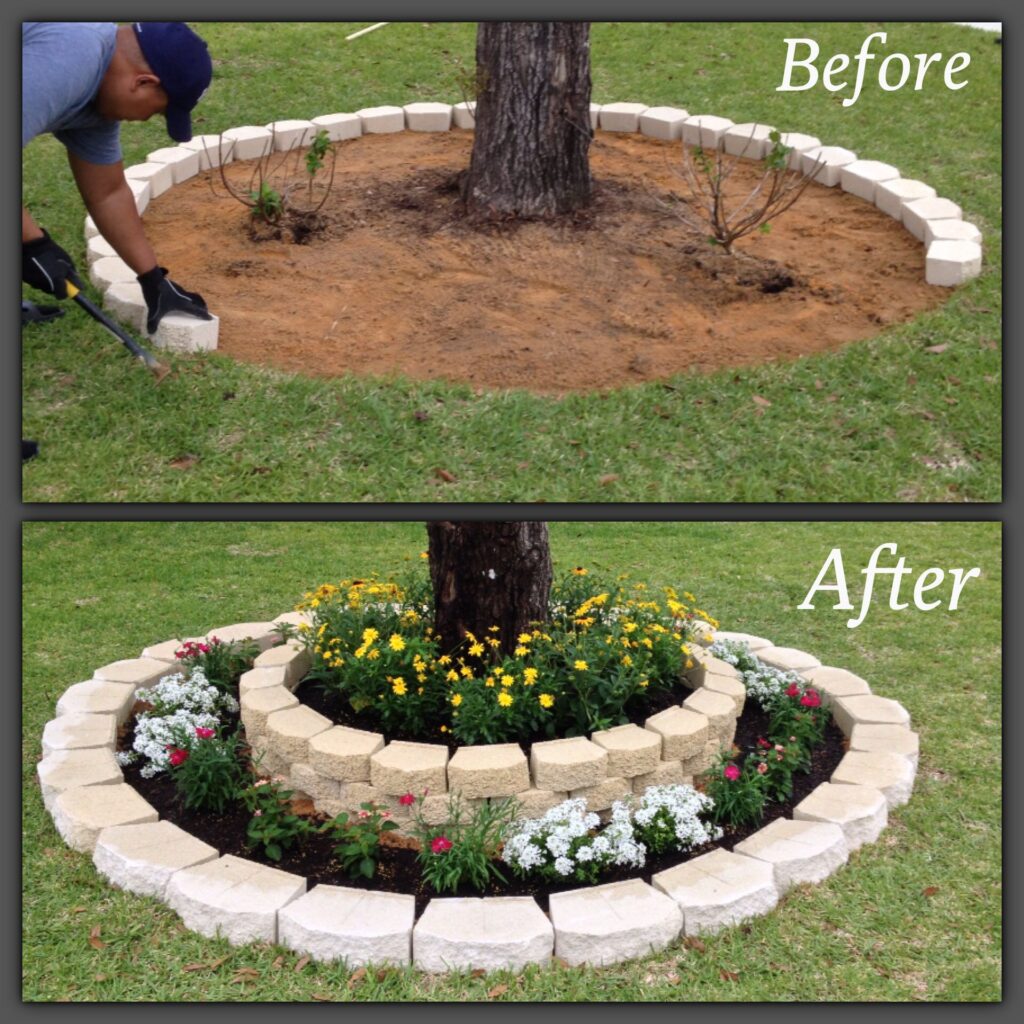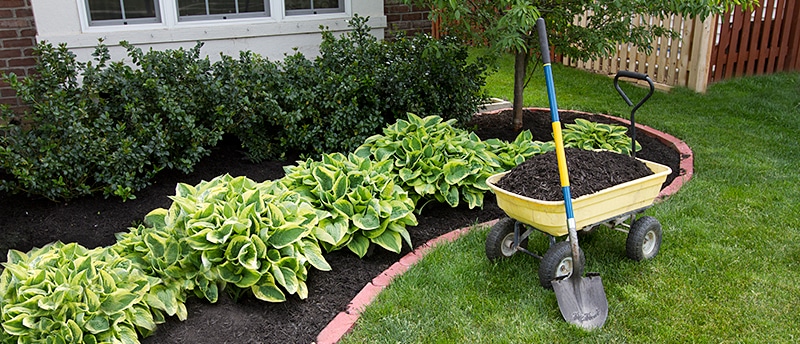Landscaping Around Trees: The Ultimate Guide to Enhancing Your Yard
Trees are an essential part of any landscape, providing shade, beauty, and a sense of calm to your outdoor space. But knowing how to landscape around trees can elevate your yard’s appearance while also preserving the health of the trees themselves. Whether you want to boost your curb appeal or create a serene garden retreat, thoughtful landscaping around trees can help you achieve your goals.
Benefits of Landscaping Around Trees
Adds Aesthetic Value
One of the most obvious benefits of landscaping around trees is the enhanced visual appeal. Trees naturally serve as focal points in a yard, and the right landscaping can emphasize their beauty. By adding flowers, shrubs, or ground cover, you can create layers of texture and color that complement the tree’s natural structure. This not only improves the look of your yard but can also increase property value.
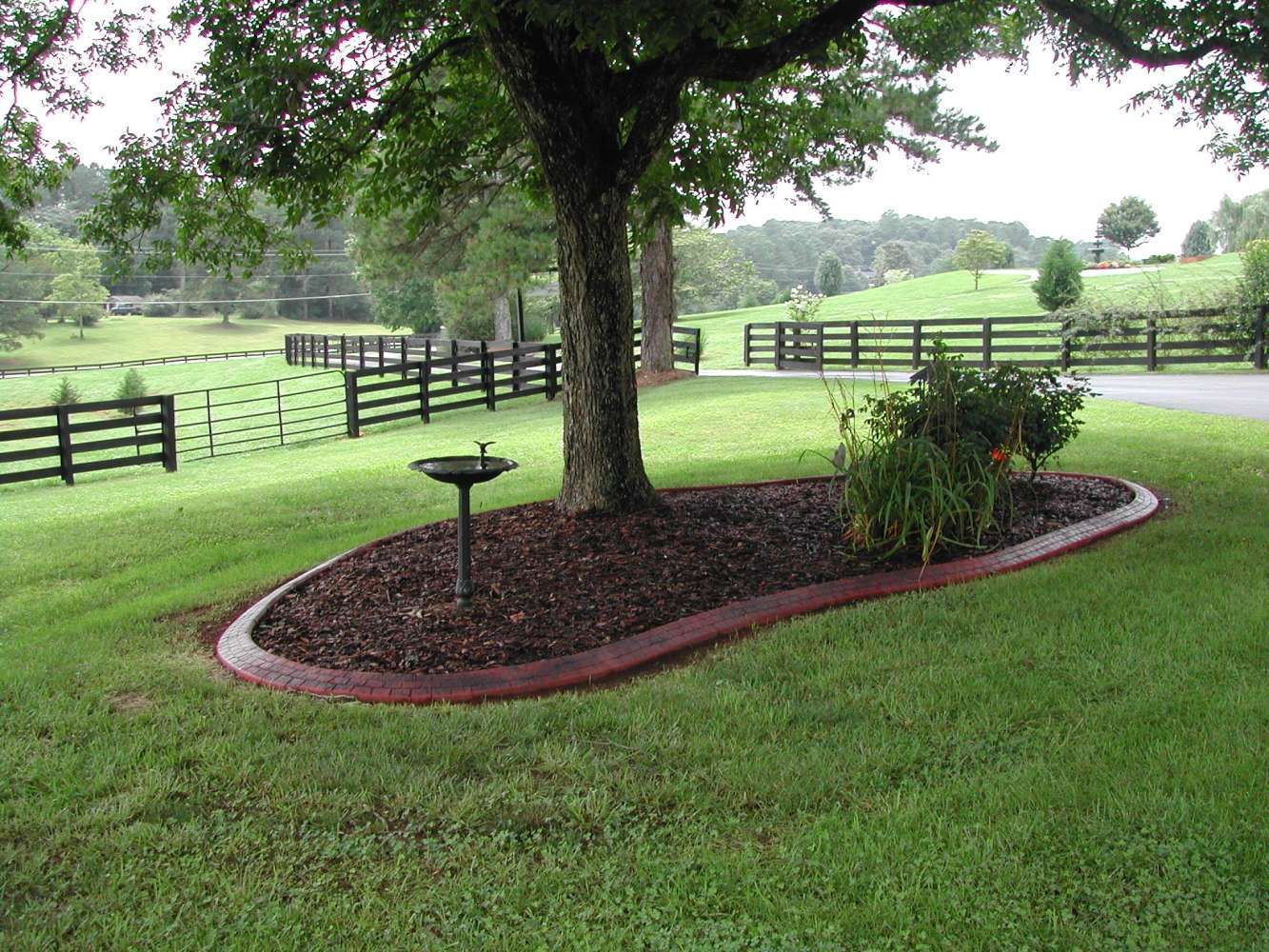
Encourages Healthy Growth
A well-landscaped area around a tree can contribute to its long-term health. Properly chosen plants, mulch, and hardscaping materials ensure that the tree’s roots remain protected and its soil retains moisture. Healthy soil and root systems lead to stronger, more resilient trees that can withstand adverse weather conditions.
Promotes Biodiversity
Landscaping around trees can help promote biodiversity in your garden by providing habitats for various insects, birds, and other wildlife. When you plant native species, you contribute to local ecosystems and encourage pollinators like bees and butterflies to visit your yard.
Factors to Consider Before Landscaping Around Trees
Tree Type and Root System
Before you begin landscaping, it’s essential to understand the type of tree you’re working with and its root system. Some trees, like maples and oaks, have shallow roots that can be easily damaged by digging or planting too close. Other trees have deeper roots, allowing for more flexibility in planting around them.
Soil and Drainage Requirements
Knowing your soil type is crucial when landscaping around trees. Most trees prefer well-drained soil, but some, like willows, thrive in wetter environments. Make sure to test your soil and amend it if necessary before planting anything new. Proper drainage will also prevent waterlogged areas that could harm both the tree and surrounding plants.
Sunlight and Shade Considerations
Trees cast shade, which affects the types of plants that will thrive underneath them. Consider how much sunlight filters through the tree canopy during different times of the day. Some plants, like hostas and ferns, love the shade, while others need more sunlight and might not thrive under the tree’s canopy.
Best Plants for Landscaping Around Trees
Ground Covers
Ground covers are one of the best options for landscaping around trees. They spread easily and require minimal maintenance, while also protecting the soil and tree roots.
Benefits of Ground Covers
Ground covers like vinca, ivy, or creeping thyme can prevent soil erosion and help retain moisture. They are also an attractive way to fill bare spots around a tree, ensuring that no area looks neglected.
Shrubs and Small Perennials
Low-growing shrubs and perennials can add texture and color to the area around trees without overwhelming the space. Consider planting shade-tolerant varieties like azaleas, rhododendrons, and hydrangeas, which thrive in the dappled light under trees.
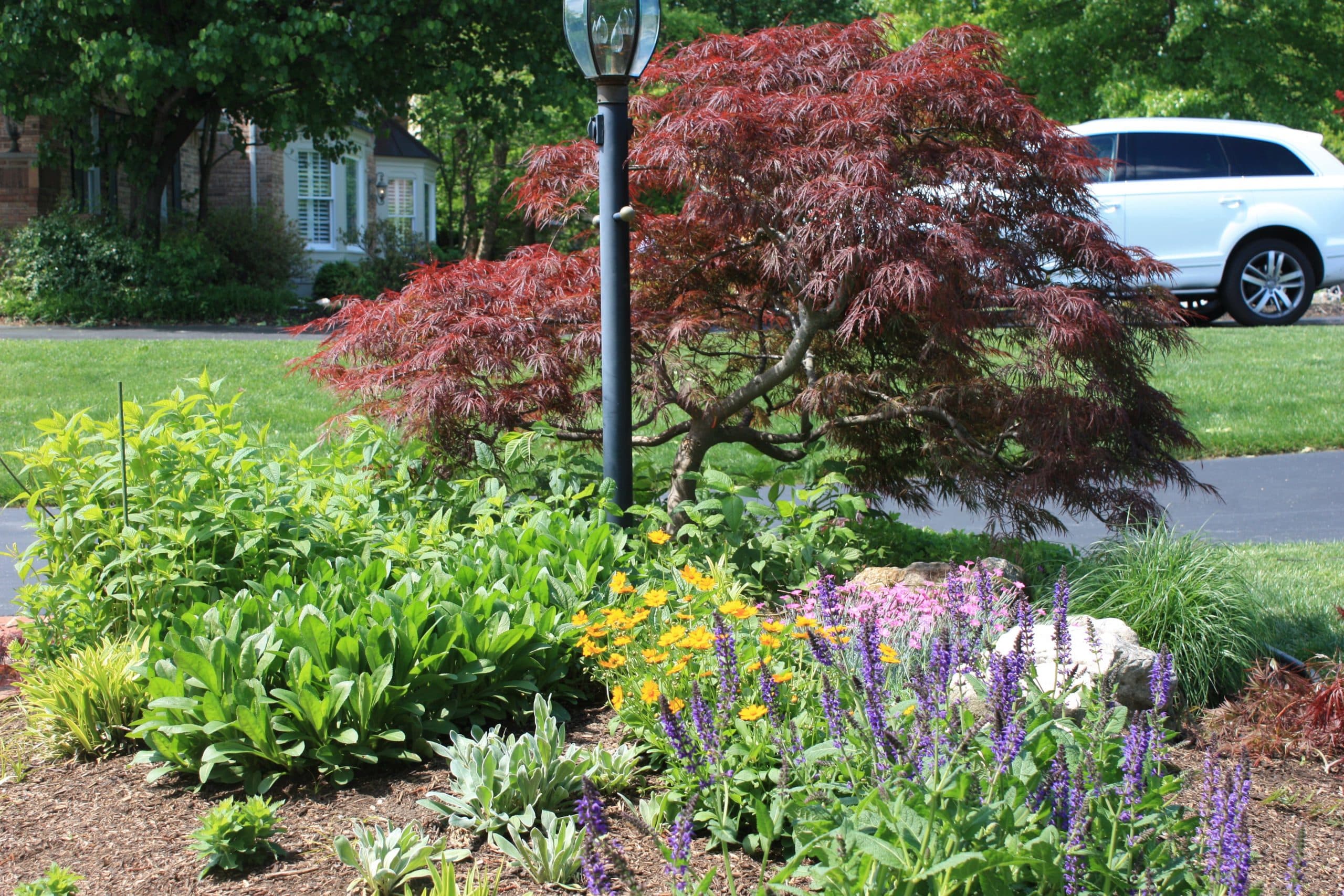
Flowering Plants
To add a splash of color, opt for flowering plants that do well in the shade, such as impatiens or bleeding hearts.
Choosing the Right Color Palette
When selecting flowering plants, think about the color palette you want to create. Soft pastels can create a serene look, while bold reds and purples can bring a dramatic flair to your landscaping.
Mulching Around Trees
Benefits of Mulching
Mulching is a simple but effective way to protect trees and enhance the landscape around them. It helps retain moisture, reduces soil erosion, and prevents weed growth, all while giving your yard a polished look.
How to Apply Mulch Properly
When mulching, make sure to leave a few inches of space around the tree trunk to prevent rot. A layer of about 2 to 4 inches of mulch should suffice, and remember to replenish it yearly to maintain its benefits.
Hardscaping Around Trees
Using Stones and Pavers
Hardscaping elements like stones or pavers can create a beautiful contrast against the soft foliage of trees.
Creating a Tree Border
A raised tree border, made from brick or stone, can define the landscaping area while protecting the tree’s roots from accidental damage.
Preventing Tree Damage During Landscaping
Avoiding Damage to Roots
When planting or installing hardscaping around trees, be mindful of the tree’s root system. Avoid deep digging and always keep plants and structures at least a few feet away from the trunk to give the roots room to grow.
Pruning and Maintenance Tips
Regular pruning of the tree’s lower branches can prevent overcrowding and allow sunlight to reach the plants below. Additionally, clean up fallen leaves and debris to maintain the area’s neat appearance.
Common Mistakes to Avoid
Over-Mulching
Applying too much mulch, known as “volcano mulching,” can suffocate the tree’s roots and lead to rot. Always stick to the recommended 2 to 4 inches of mulch.
Creative Landscaping Ideas for Different Tree Types
Landscaping Around Large Trees
For large, established trees, consider using a mix of shrubs, ground covers, and hardscaping to create a balanced design that draws attention to the tree without overwhelming the space.
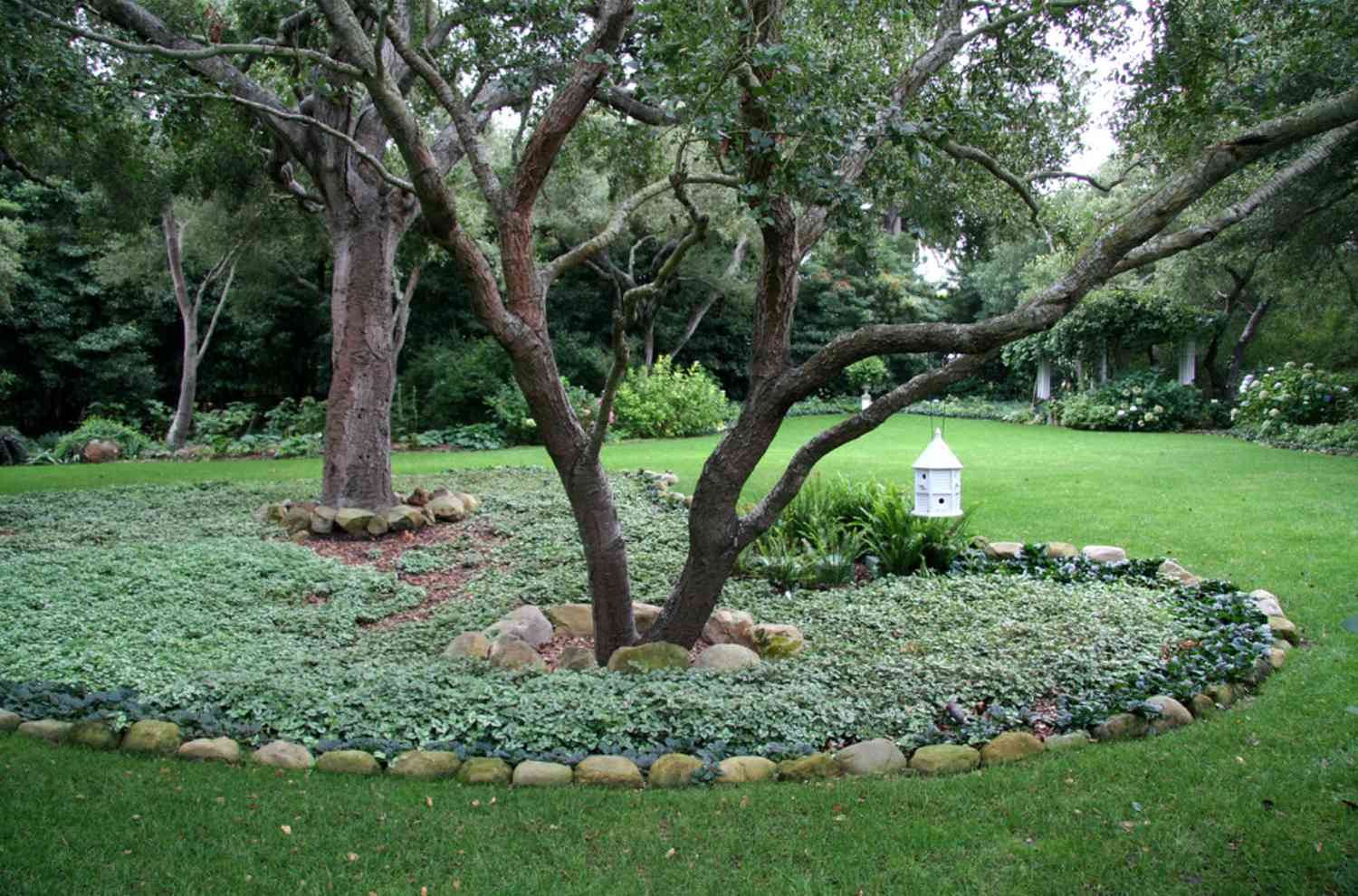
Eco-Friendly Landscaping Around Trees
Water Conservation Tips
Install drip irrigation to ensure that plants and trees receive just the right amount of water without waste. Select plants that are resistant to drought and need very little water.
Native Plant Choices
Native plants are well-adapted to your local climate and require less maintenance.
Seasonal Maintenance for Landscaped Areas Around Trees
Fall and Winter Care
During the colder months, clear away fallen leaves to prevent mold and disease. Add a new layer of mulch to protect the roots and maintain insulation.
